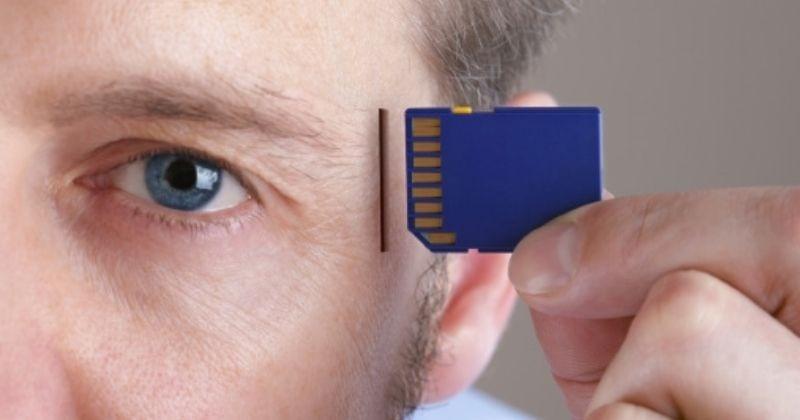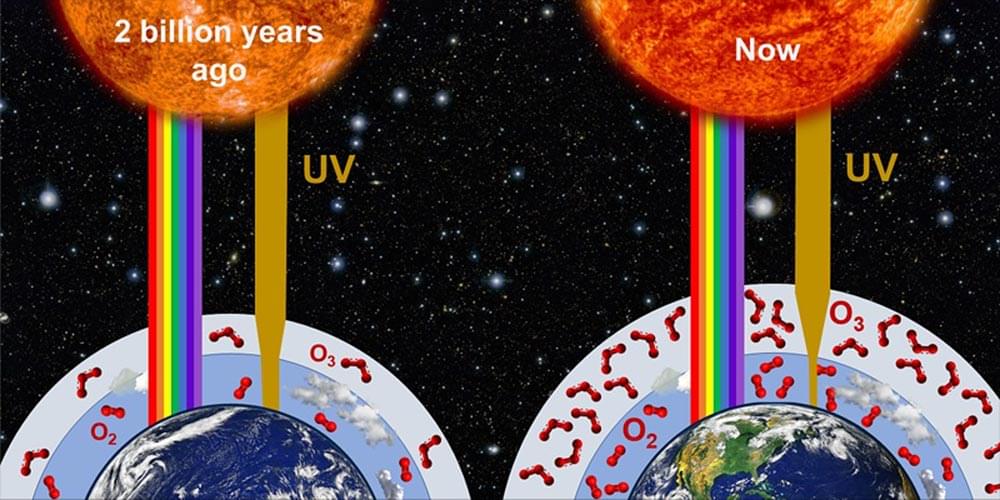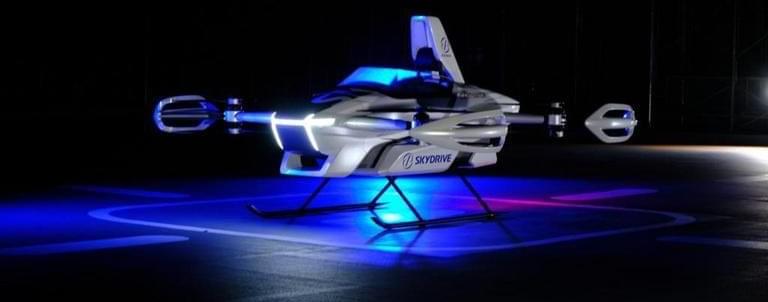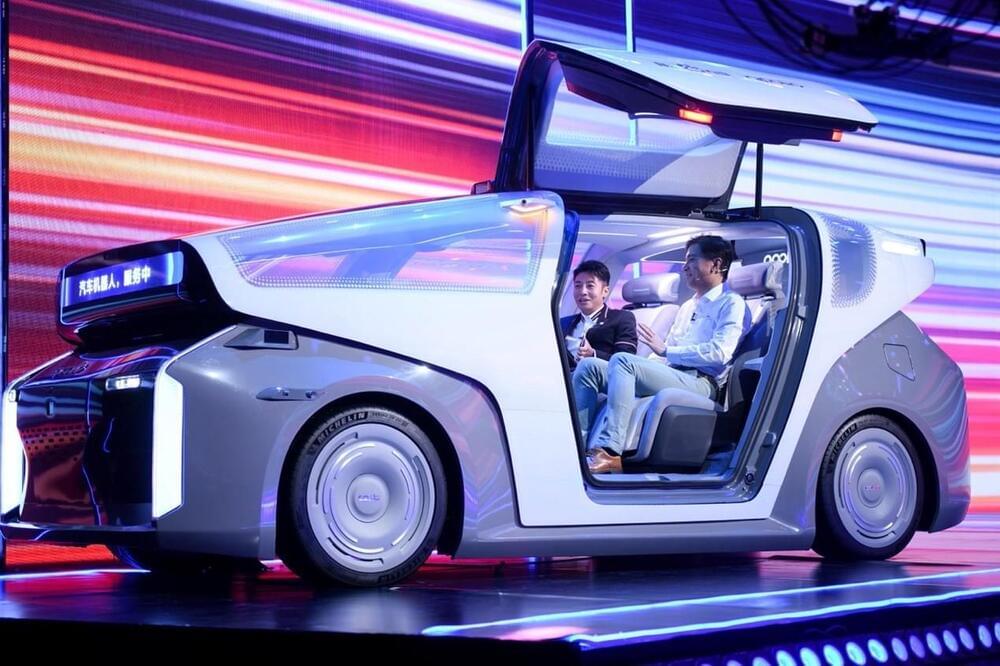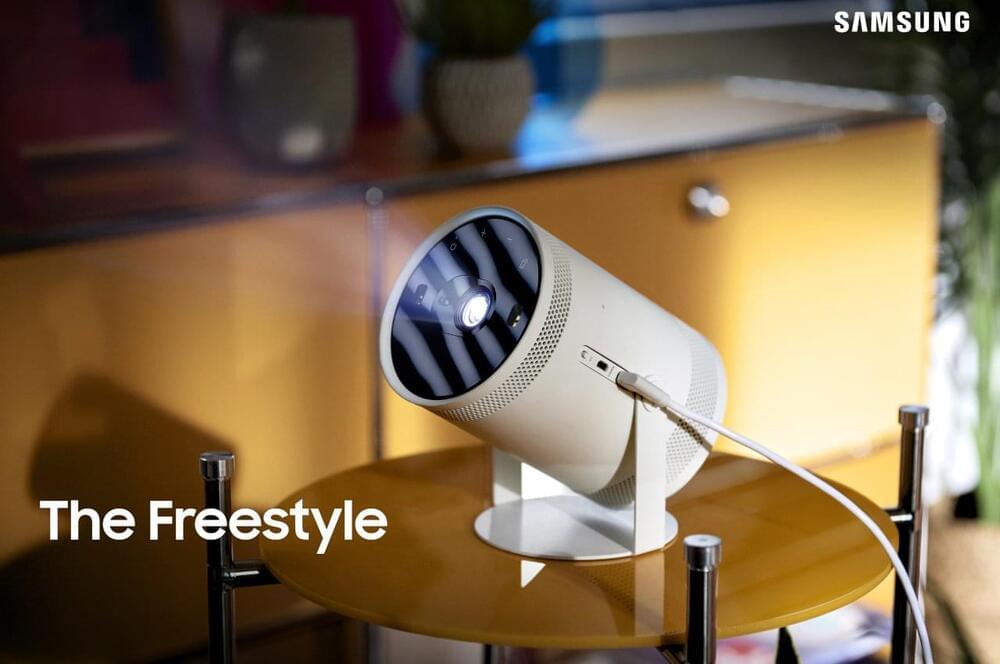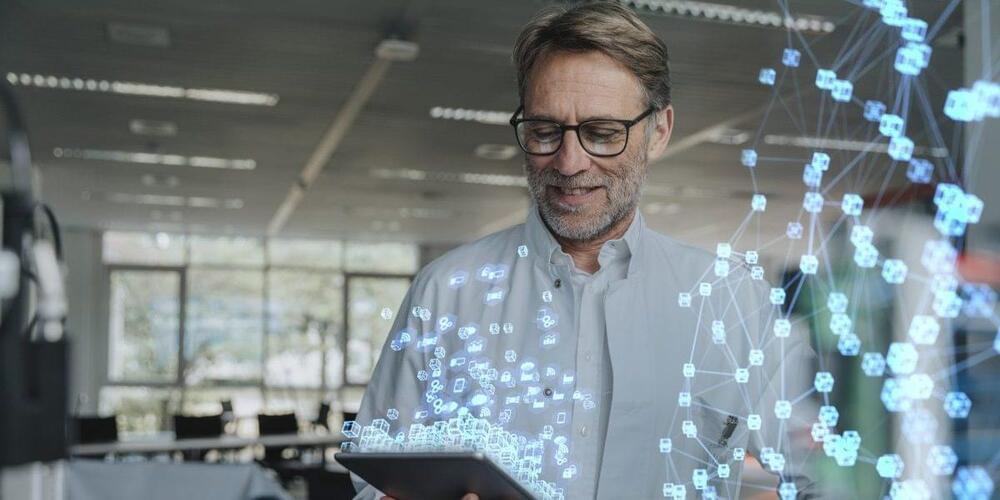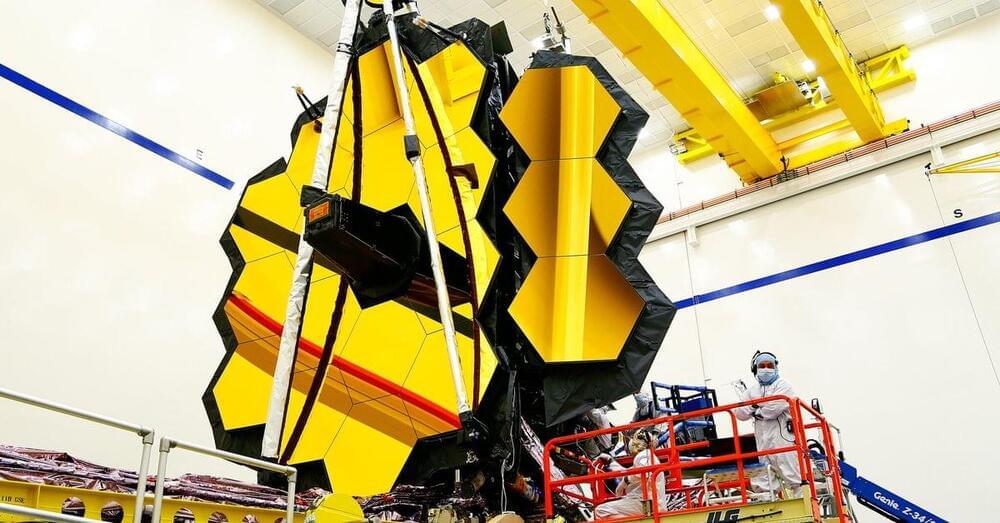Elon Musk’s Neuralink technology will see its first human implant this year. If you’re excited to see how Musk’s brain chip will work on humans, we might find out very soon.
The brain-interface tech company was founded by Elon Musk in 2016 and its chip will finally be implanted into a human brain this year. In 2021, the implant was seen in action in a monkey who played MindPong. The monkey was able to play the game by simply thinking it, with help from Neuralink chip.
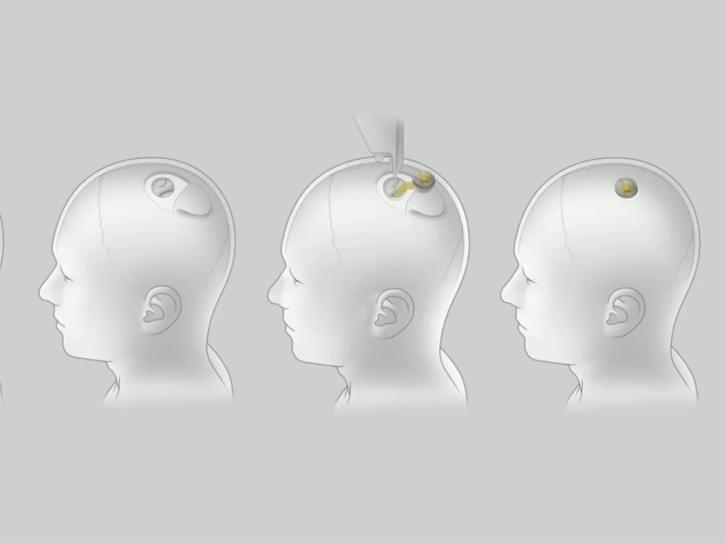
Elon Musk, Neuralink Demonstration.
